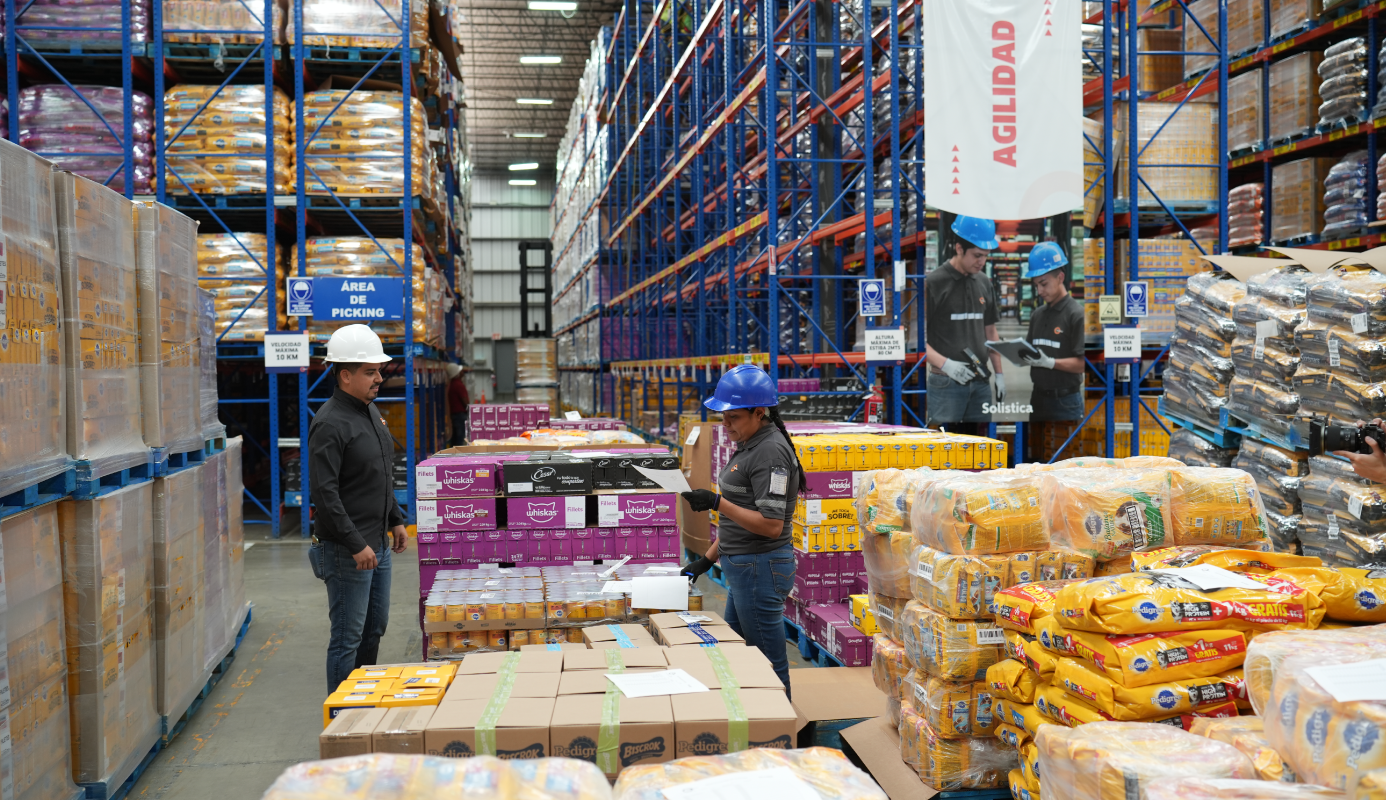The manufacturing of auto parts accounts for half of the automotive industry’s production in Mexico. Therefore, companies aim to continuously improve their execution and warehousing processes so they can guarantee profitable operations.
To achieve this, they need to use strategies like Japan’s 5S method, created by Toyota in the 1960s looking to organize workspace. This model consists of five steps:
- Seri or sorting: eliminating all the damaged or discarded parts to keep an orderly inventory that makes it easier to identify parts.
- Seiton or order: looking for better organization and warehousing processes to optimize times.
- Seiso or cleaning: keeping products clean and in proper order to avoid losses and accidents.
- Seiketsu or standardization: training employees in the regulations they must follow to carry out operational methods in the best and only possible way.
- Shitsuke or discipline: using the four previous stages until a positive change takes place in the company.
This method helps companies in several aspects:
- Increasing the warehousing capacity of an area.
- Speeding up the return on investment.
- Lowering search and warehousing times.
- Increasing the capacity to store more diverse products.
To implement the 5S model and gain the benefits described above, we need to classify inventories according to these criteria:
1. Importance and turnover level
2. Storage characteristics
3. Type of parts (mechanical, electrical, hazardous material)
4. Expiration date and longevity (for products such as batteries, adhesives, etc.)
There is another method for sorting inventories in terms of the book value (cost) of the stored materials.
%20trad%20rev%20final%20808%20palabras.jpg?width=2500&name=Solistica-Autopartes-INFOGRAF%C3%8DA%20V2%20(1)%20trad%20rev%20final%20808%20palabras.jpg)
Shelving
We must choose the right one for a correct storage. There are several types:
- Shelves for large loads or special items are used when the loads or dimensions demand them (tubes over 1.5 meters long, tires, etc.)
- Conventional shelves are the widest used, mainly to house palletizable goods.
- Compact shelves are recommended when we need to store a large amount of one SKU for a medium – long period.
- Shelves for light or mini loads are used when the low weight of parcels to store allows it.
- Self-contained silo is the largest possible investment in warehousing, both in terms of shelving and maintenance equipment. It basically involves aisles with high-rise shelving accessed by lifts.
- Mobile shelves move over rails in such a way that the access aisle is the only one in the whole block. We use it when the warehouse volume is the main restriction.
Alternate solution: let others do it for you!
Working with a logistics or warehousing company that deals with that whole part of the supply chain can help you greatly lower the cost of logistics.
-1.jpg)





